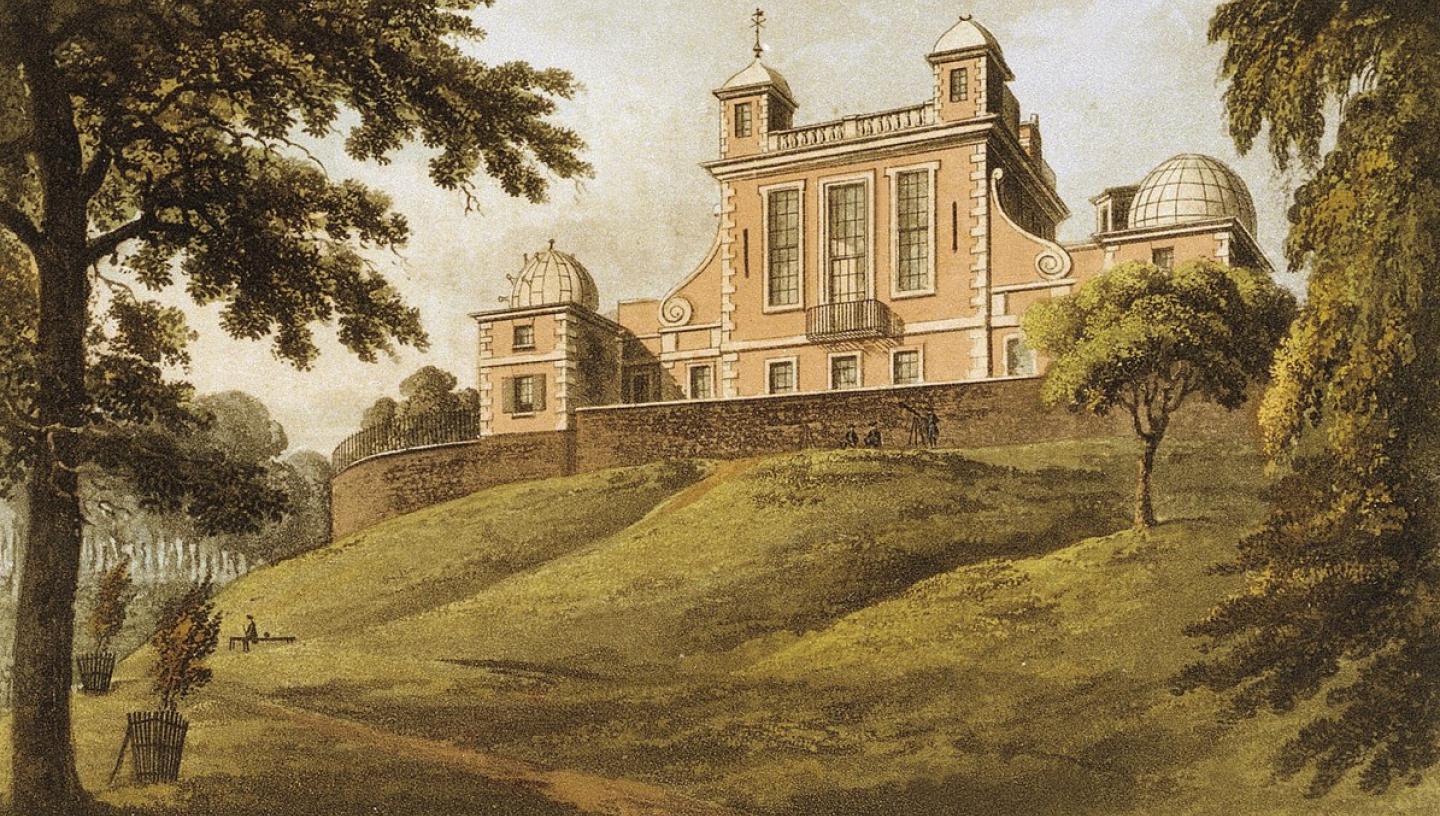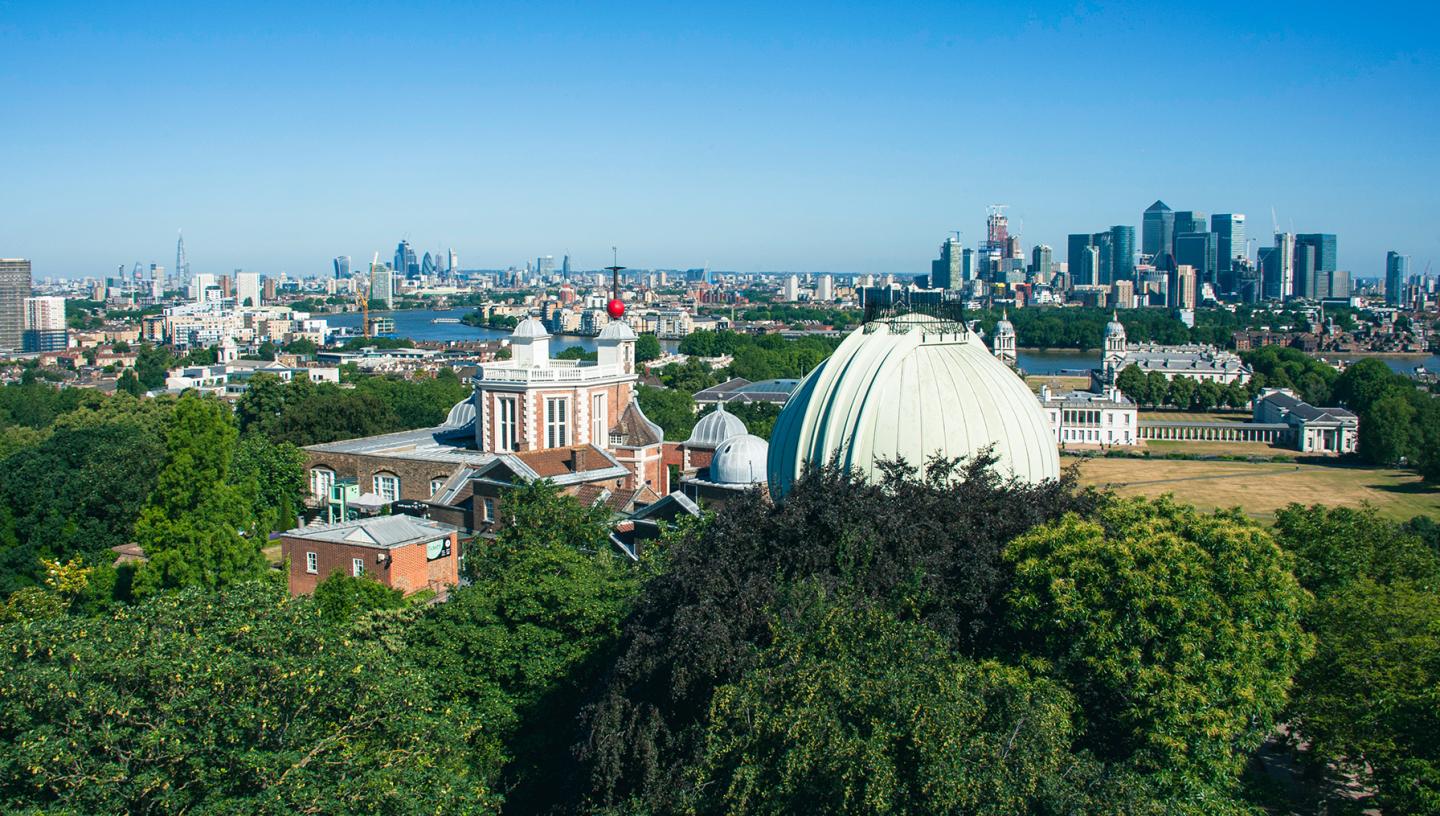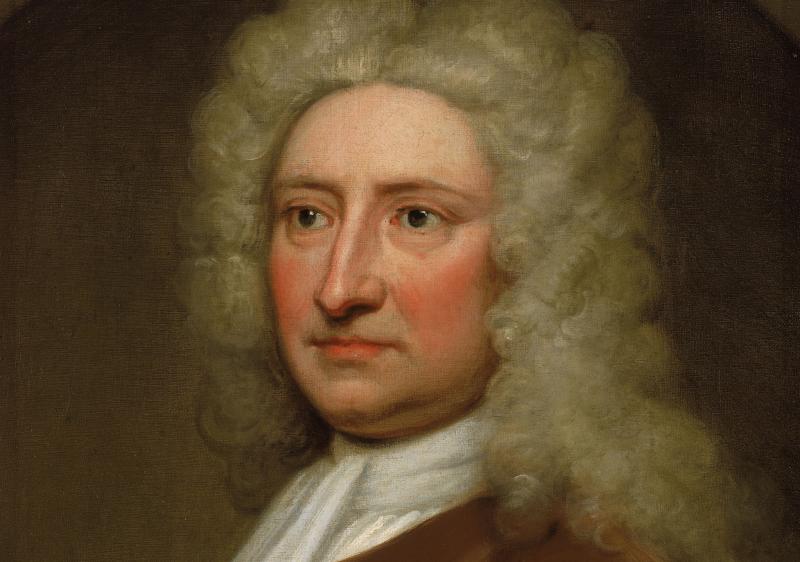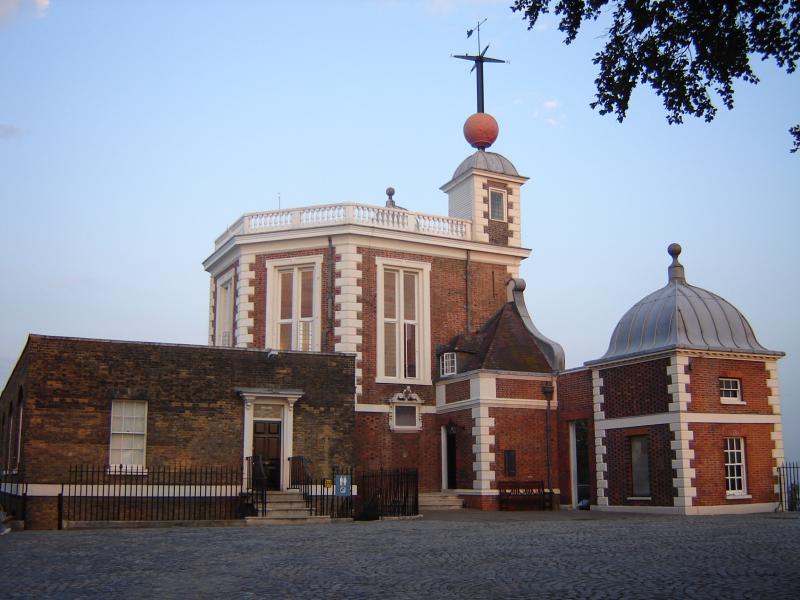
In 1894 international terrorism made its UK debut just outside the Royal Observatory. It created a gory mess and an enduring mystery.
The Royal Observatory in Greenwich Park, London was subject to an anarchist bomb attack in 1894: this was possibly the first 'international terrorist' incident in Britain. The incident was immortalised by Joseph Conrad in his novel The Secret Agent. This article draws on manuscript notes of the event made by staff members, held in the Royal Greenwich Observatory Archives, as well as contemporary newspaper accounts.
Working life at the Royal Observatory, Greenwich in the 1890s must have been generally uneventful. An endless series of transit observations were done by duty observers at night, with a team of human 'computers' working through the day on data reduction and predictions. This routine existence was shattered one Thursday afternoon in February 1894 by a totally unexpected event, which put the Observatory into the headlines for days afterwards.
A sharp and clear detonation
In Greenwich, on the afternoon of 15 February 1894, two members of the Observatory staff were still in the building at 16.45. This they described as working 'late' – all the other staff had left by that time. Mr Thackeray and Mr Hollis were both in the Lower Computing Room when they were startled by a 'sharp and clear detonation, followed by a noise like a shell going through the air'. They saw a park-warden and some school-boys running towards a figure that appeared to be crouched on the zig-zag path below the Observatory.
The park-warden was holding a man who, despite massive injuries, was still alive and able to speak. The man's left hand was completely missing and he had a gaping hole in his stomach. Soon a doctor and stretcher were fetched from the nearby Seaman's Hospital, to where he was carried. The man died about 30 minutes later, having said nothing about who he was or what had happened.
Hollis and Thackeray searched the area between where the man was found and the Observatory wall and recovered numerous fragments of the man's hand, including a 2-inch piece of bone. A trail of blood and fragments were spread over a distance of nearly 60 yards towards the Observatory wall. As the two shocked Observatory staff went home that day, the identity of the man and the reason for the explosion was still a mystery to them.
The enigmatic Martial Bourdin
Police investigators soon learned that his name was Martial Bourdin. That afternoon the 26-year old Frenchman left his room in Fitzroy Street and took a tram from Westminster that took him all the way to Greenwich. On leaving the tram he was observed to be carrying a parcel as he made his way to Greenwich Park.
What happened a few minutes later, no-one knows, but it appears that due to 'some mischance or miscalculation or some clumsy bungling' the bomb exploded in his hand. He had a considerable amount of money on him, which led investigators to believe that he was intending to leave for France immediately.
Later on the day of the explosion, police raided the Club Autonomie in London and arrested all of those inside. They discovered that Bourdin had been a member of this popular club for foreign anarchists.
The funeral of Martial Bourdin became a rallying point for anarchist sympathisers in London and attracted huge crowds.
But why?
A mystery remains – why did Bourdin pick such an unlikely target as the Observatory? The small bomb was unlikely to cause any serious damage there and it was a very different target from the crowded opera houses and cafes favoured by the terrorists in France. Some believe that Bourdin was duped into carrying the bomb or that he was on the way to France and wanted to dump it in the Park. The true reason will never be known.
The incident remains as the only anarchist-inspired attack in Britain during the period and it became famous due to the author Joseph Conrad in his 1907 book The Secret Agent. In this book the evil mastermind 'The Professor' plans an attack on the Greenwich Observatory which ends in a bomber being 'blown to pieces' by his own bomb when he trips and falls in Greenwich Park.
The final words on the Greenwich bomb are left to Conrad who wrote:
The attempt to blow up the Greenwich Observatory: a blood-stained inanity of so fatuous a kind that is impossible to fathom its origin by any reasonable or even unreasonable process of thought.
Adapted from an original article by Philip Taylor




